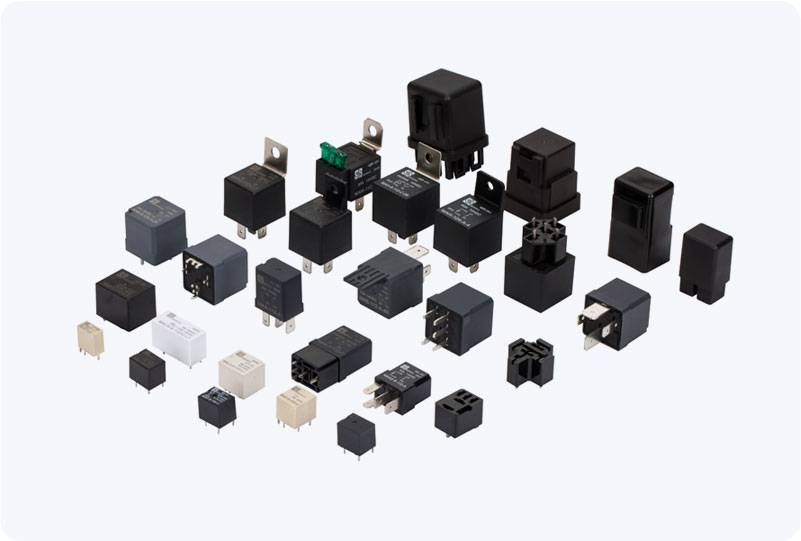The Battery Pack Main Relay is a crucial component in electric vehicles (EVs), hybrid electric vehicles (HEVs), and various energy storage systems. This relay serves as the gateway to control the power flow from the battery pack to the rest of the vehicle or system. Understanding its operation, design, and role in maintaining safety and efficiency is essential for those interested in electric powertrains or energy storage solutions.

What is a Battery Pack Main Relay? The Battery Pack Main Relay is an electrical switching device that connects or disconnects the high-voltage battery pack from the vehicle’s electric powertrain or other systems. Essentially, it is a relay that enables the controlled flow of electricity from the battery pack to the motor or other components of the vehicle or system. The relay can either close to allow electricity to flow, or open to cut off the power when necessary, ensuring safe and efficient battery usage. Key Functions of a Battery Pack Main Relay Power Flow Control: One of the primary functions of the Battery Pack Main Relay is to control the power flow between the battery pack and the vehicle’s powertrain. When the vehicle is powered on, the relay closes, allowing the battery to supply power to the motor. When the vehicle is turned off, or when there is a system error, the relay opens to prevent the battery from discharging unnecessarily.